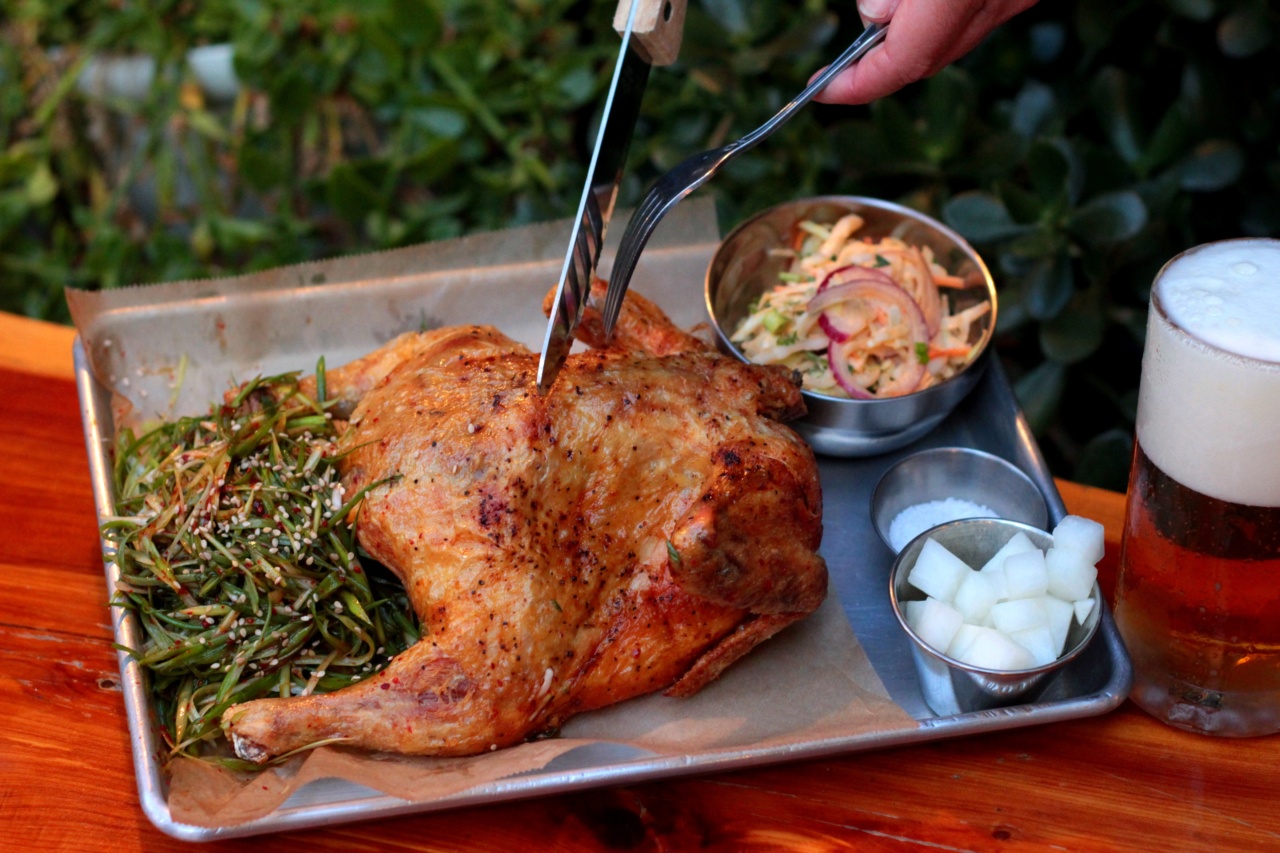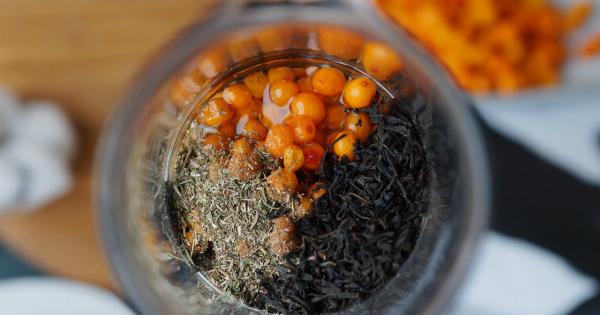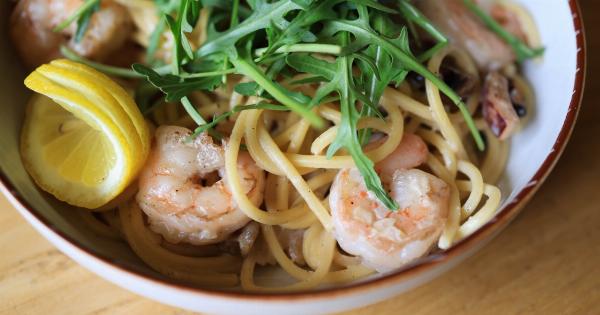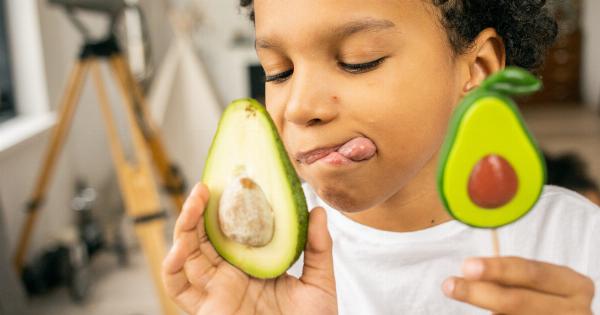Food additives are substances that are added to food to enhance color, flavor, texture, or shelf life. However, some of these additives have been linked to cancer and other health problems.
When ingested, these additives can accumulate in the gut and interact with cells, potentially leading to mutations and the development of cancer.
BHA and BHT
BHA (butylated hydroxyanisole) and BHT (butylated hydroxytoluene) are preservatives used to prevent spoilage in food. Although they are considered safe in small amounts, studies have found that they can cause cancer in animals.
BHA and BHT have been shown to cause tumors in the stomach, liver, and lungs of rats and mice.
Sodium nitrite
Sodium nitrite is a preservative used in cured meat products like bacon, hot dogs, and deli meats to prevent the growth of bacteria and give the meat a pink color.
However, sodium nitrite can react with proteins in the meat to form nitrosamines, which are known to cause cancer. Nitrosamines have been linked to colon, pancreatic, and stomach cancer.
MSG
MSG (monosodium glutamate) is a flavor enhancer used in many processed foods. While it is generally recognized as safe, some people are sensitive to it and can experience headaches, nausea, and other symptoms.
MSG has also been linked to cancer, particularly stomach cancer. A study in Japan found that high MSG intake was associated with an increased risk of stomach cancer.
Aspartame
Aspartame is an artificial sweetener used in many sugar-free products like diet soda, gum, and candy. While it is considered safe by the FDA, some studies have linked aspartame to cancer, particularly brain tumors.
Aspartame breaks down into several chemicals in the body, including aspartic acid, phenylalanine, and methanol. These chemicals can interact with cells and potentially cause cancer.
Saccharin
Saccharin is another artificial sweetener that has been around for over a century. It is used in many diet products and has been linked to bladder cancer in rats. However, studies in humans have not found a significant link between saccharin and cancer.
Azodicarbonamide
Azodicarbonamide is a dough conditioner used in bread, buns, and other baked goods. It helps create a more uniform texture and improves shelf life.
However, it has also been used as a blowing agent in plastics and has been banned in several countries due to its potential health risks. Azodicarbonamide has been linked to respiratory problems and cancer in animals.
Carrageenan
Carrageenan is a thickener and gelling agent derived from seaweed. It is used in many dairy products, including ice cream, yogurt, and cream cheese.
While it is generally recognized as safe, some studies have linked carrageenan to inflammation, digestive problems, and even cancer. A study in rats found that carrageenan increased the risk of colon cancer.
Propylene glycol
Propylene glycol is a thickener and stabilizer used in many processed foods, including salad dressings, ice cream, and baked goods. While it is generally recognized as safe, some studies have linked it to cancer in animals.
Propylene glycol has also been linked to allergic reactions and other health problems.
Sulfites
Sulfites are preservatives used in many foods and beverages, including wine, beer, dried fruits, and processed foods. While they are generally recognized as safe, some people are sensitive to sulfites and can experience allergic reactions.
Sulfites can also react with proteins in the body to form compounds that have been linked to cancer.
Potassium bromate
Potassium bromate is a dough conditioner used in bread and other baked goods to improve texture and rise. However, it has been banned in many countries due to its potential health risks.
Potassium bromate has been shown to cause cancer in animals and is considered a possible human carcinogen by the International Agency for Research on Cancer.
Conclusion
While food additives are generally considered safe in small amounts, some of them have been linked to cancer and other health problems. It’s important to read labels and be aware of what you’re putting into your body.
Eating a diet rich in whole foods and avoiding heavily processed foods can help reduce your exposure to these potentially harmful additives.





























